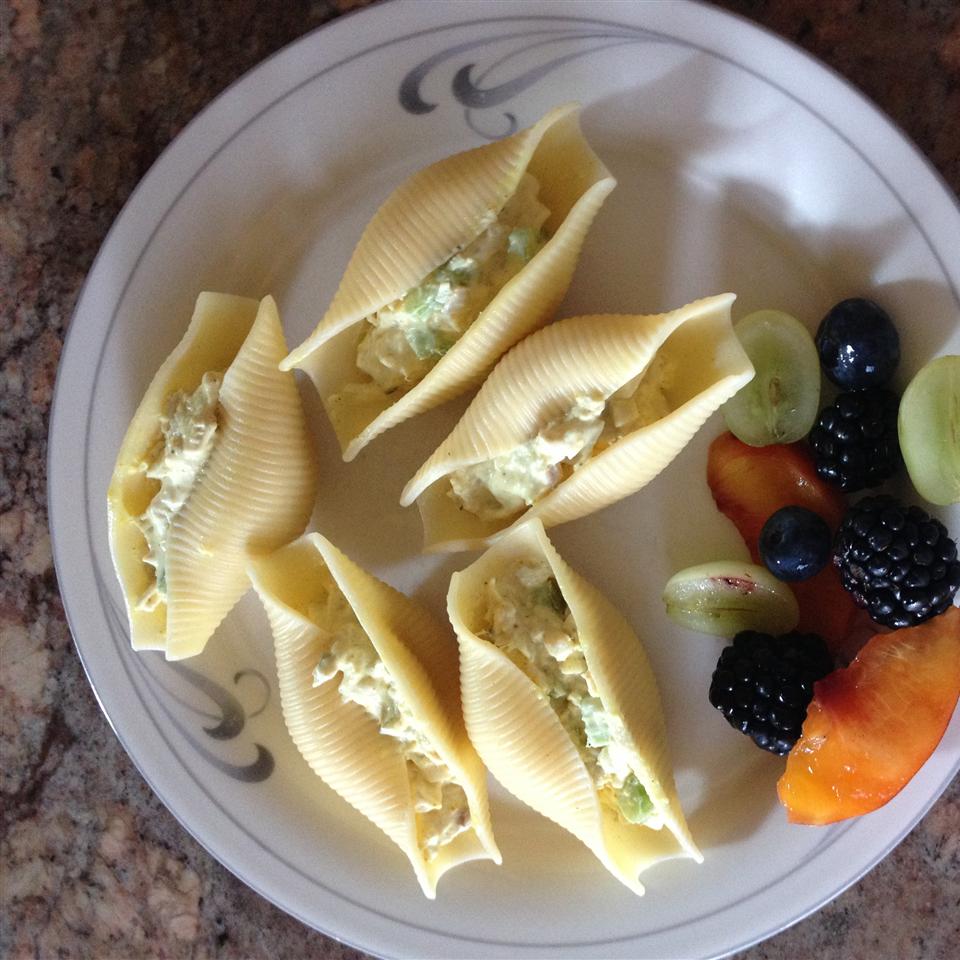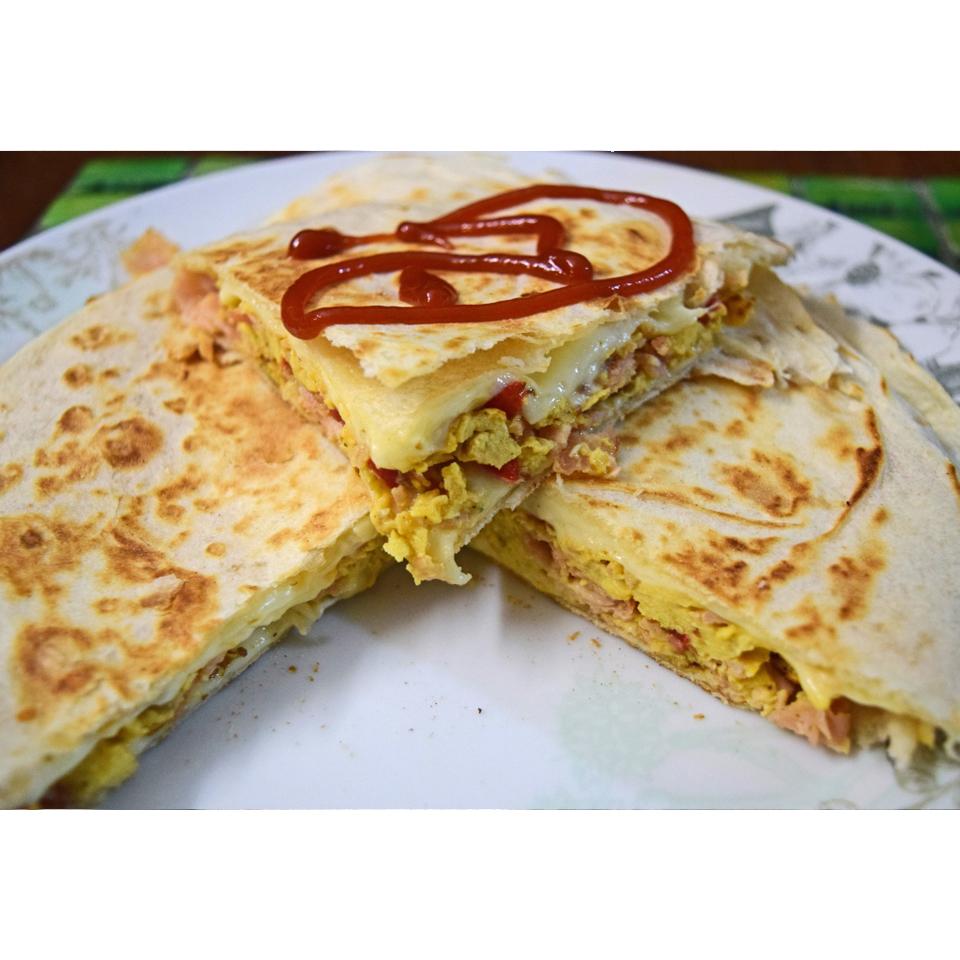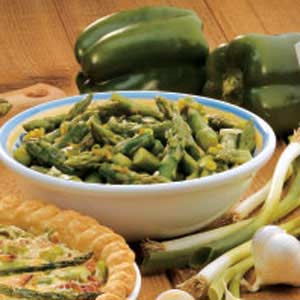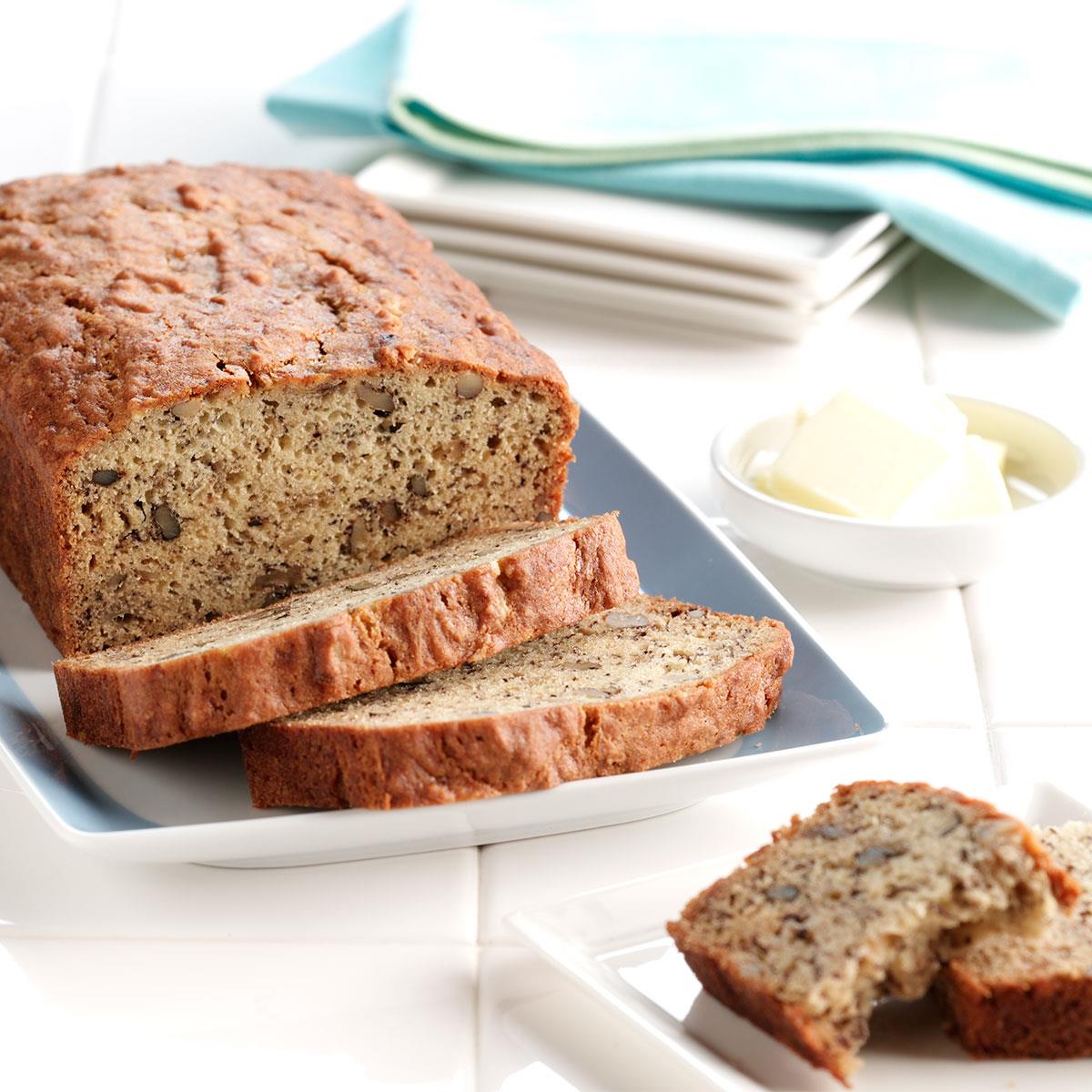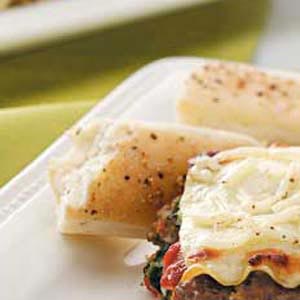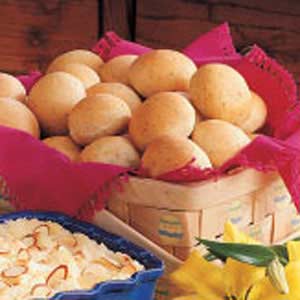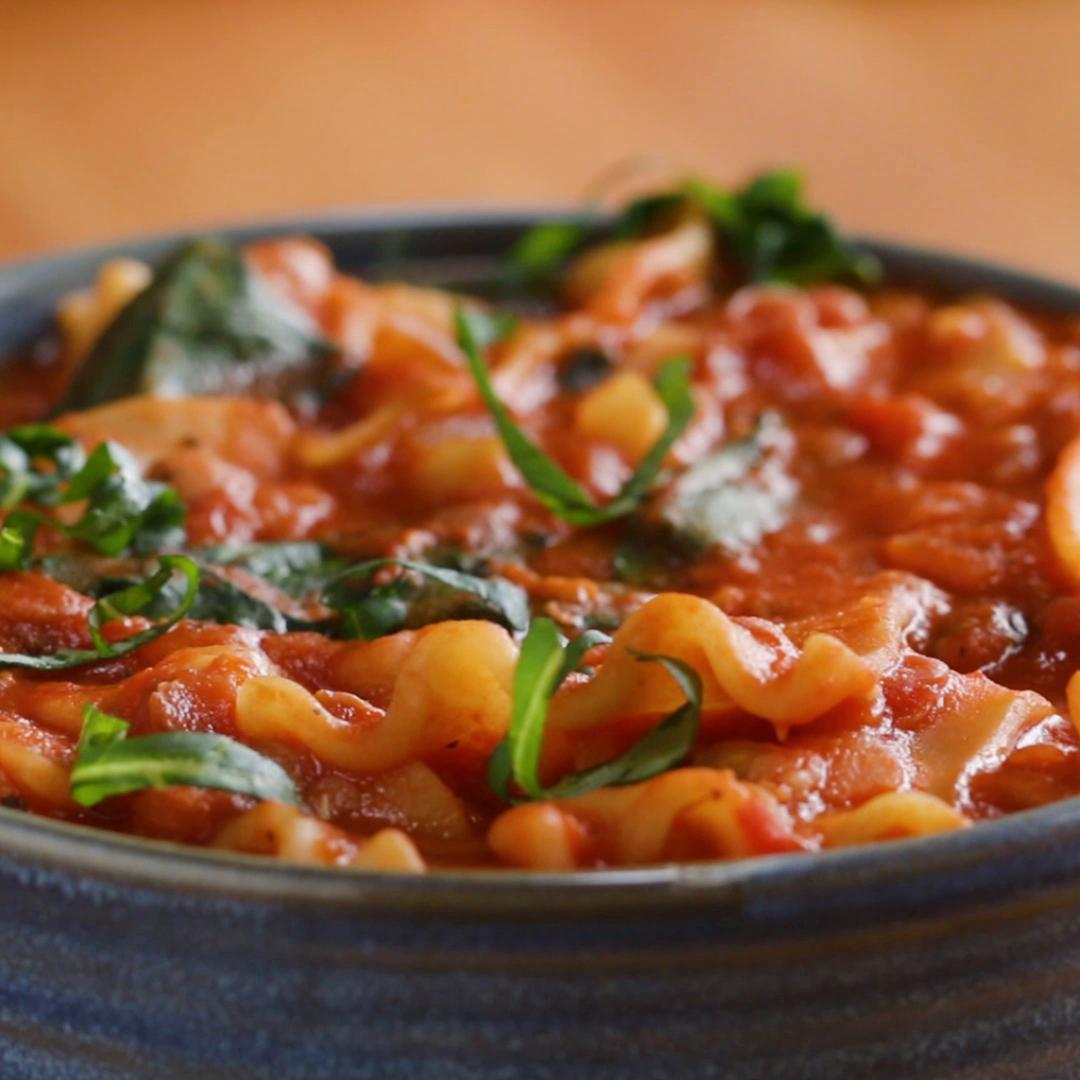**Crispy Tahdig: A Culinary Journey Through Persian Cuisine**
In the realm of culinary arts, few dishes capture the essence of a culture quite like crispy tahdig. Originating from the vibrant culinary tapestry of Persia, this golden-brown, crispy rice dish transcends its humble ingredients, becoming an emblem of Persian cuisine. Embark on a culinary adventure as we explore the delectable crispy tahdig, uncovering its captivating history, diverse variations, and the culinary secrets behind its irresistible texture and flavor. From the classic tahdig, a staple in Persian households, to its many regional variations like tahdig-e-sibzamini and tahdig-e-berenj, this article presents a comprehensive guide to this beloved dish. Discover the art of creating the perfect tahdig, with step-by-step recipes, expert tips, and insights into the cultural significance of this culinary gem. Prepare to tantalize your taste buds and delve into the delightful world of crispy tahdig, a testament to the creativity and artistry of Persian cuisine.
PASTA TAHDIG

Though no Italian would admit it, pasta makes for a great tahdig, the crisp, golden crust that forms at the bottom of every pot of Persian rice. With a shatter, the sweet, crunchy crust yields to a mouthful of perfectly seasoned, perfectly sauced spaghetti. Rotate the pan as it cooks for an evenly brown tahdig, but resist the urge to turn up the heat as the the pasta sizzles. Slice and serve it warm, showered with Parmesan, or alongside meatballs or a bright green salad. Or let it cool to room temperature, wrap it up and take it to a picnic - it will erase every lackluster potluck pasta salad from memory.
Provided by Samin Nosrat
Categories noodles, main course
Time 1h
Yield 6 to 8 servings
Number Of Ingredients 6
Steps:
- Bring a large pot of generously salted water to a boil over high heat. Set a colander in the sink. Cook the pasta, stirring occasionally with tongs to prevent clumping. Taste, and adjust salt as needed. When the pasta is al dente, drain into colander.
- Return pasta to pot, and add 2 tablespoons oil, tomato sauce, 1 cup Parmesan and chile paste or flakes, if using. Stir well with tongs to combine. and taste to ensure that the mixture is well seasoned.
- Preheat a 10-inch nonstick pan over medium heat. Add 3 tablespoons oil. When it shimmers, pile in the pasta, and use a silicone spatula to lightly pat it evenly down into the pan. The pan may seem perilously full, but the cake will condense as it cooks. Use spatula to gently coax the pasta on the edges into a cakelike shape, and reduce heat to medium low. Add oil as needed until you can see it gently bubbling up the sides of the pan - this will ensure that the edges of the tahdig are brown.
- Cook, rotating pan a quarter-turn every 5 minutes to ensure even browning. Periodically run spatula around the edges to prevent sticking. After 20 minutes, carefully tip excess oil into a heatproof bowl, then cover the pan with a pizza pan or large, flat pot lid. Carefully flip tahdig onto pan.
- Add oil back into pan, and return to medium heat. If needed, add more oil to coat bottom of the pan. Carefully slide tahdig back into pan, using spatula to coax it back into shape. When oil begins to gently bubble up the sides of the pan, reduce heat to medium low, and cook for 20 minutes, rotating pan a quarter-turn every 5 minutes.
- Wipe pizza pan clean, tip out excess oil and flip tahdig onto pan as before. If either side (or both) can use a little more crisping, return tahdig to pan without oil, increase heat to medium high and cook for 60-90 seconds, until sizzling and properly browned.
- Dab away any excess grease with a paper towel. Allow tahdig to cool for 10 minutes before using a sharp bread knife to cut into slices. Serve warm or at room temperature with grated Parmesan.
Nutrition Facts : @context http, Calories 296, UnsaturatedFat 3 grams, Carbohydrate 46 grams, Fat 6 grams, Fiber 3 grams, Protein 13 grams, SaturatedFat 3 grams, Sodium 488 milligrams, Sugar 4 grams
POLO BA TAHDIG (PERSIAN RICE WITH BREAD CRUST)

No dinner in an Iranian household is complete without polo, or rice. And no pot of polo is complete without tahdig, the crisp crust whose name means "bottom of the pot." Tahdig is a highlight of Persian cuisine, and it can be made of rice, potatoes, lettuce or bread, as it is here. If you can't get your hands on lavash bread, use a thin flour tortilla to line the bottom of the pot. Tahdig is easiest to prepare in a nonstick pot, but you could also prepare it in a cast-iron Dutch oven by reducing the heat to low and extending the cooking time to 50 minutes.
Provided by Samin Nosrat
Categories grains and rice, side dish
Time 2h
Yield 6 to 8 servings
Number Of Ingredients 6
Steps:
- Place the rice in a large bowl and cover with water. Swirl the rice around to release some starch, then drain the bowl and fill again. Repeat several times, until water runs clear, then cover with ample water again and add 1 tablespoon salt. Let soak for 30 minutes.
- In the meantime, fill a large soup or stockpot with 6 quarts water. Cover and bring to a boil. Add 7 tablespoons salt (the water should be very salty) and stir to dissolve.
- Use a small mortar and pestle to grind the saffron into a fine powder with a pinch of salt. Set aside.
- Use a large fine-mesh sieve or colander to drain the rice well. Add rice to the pot and stir gently, then return sieve to the sink. Cook rice, checking the grains frequently for doneness. When the rice breaks easily between your fingers when pressed but is not so soft that it falls apart, it's done. Most Persian or Indian basmati rice will take about 7 to 8 minutes to reach this point, but different brands will cook differently, so keep a closer eye on the rice than on the clock.
- Working quickly, drain rice into the sieve and rinse with cold water until cool to remove excess starch and keep rice from overcooking. Taste the rice and adjust seasoning with salt as needed. Let the rice continue to drain.
- Use the lid of an 8-inch or 9-inch nonstick pot or cast-iron Dutch oven as a guide to trim the lavash bread into a slightly larger circle. It's fine to use more than one piece of bread and patch things as needed. Alternatively, use a tortilla, which needs no trimming.
- Place the pot over medium heat and add the oil. Carefully lay bread atop the oil and cook until it starts sizzling and turns a light golden color, about 30 seconds. Use tongs to flip bread and let it sizzle for another 30 seconds before adding the rice. Use a spatula to gently spread the rice evenly across the pot. Use the handle of the spatula to poke 6 to 8 holes in the rice down to the bread - this will encourage steam to escape from the bottom of the pot and yield a crisp crust.
- In a small saucepan set over low, heat the butter and the prepared saffron until butter melts. Drizzle over the rice. Wrap the lid of the rice pot with a clean dish towel, using the corners of the towel to tie a knot atop the handle. Cover the pot with the lid - the cloth should not touch the rice, but rather absorb steam as the rice cooks to keep it from getting soggy.
- Reduce the flame to medium-low (or low, if using cast-iron) and cook for about 48 minutes, rotating the pot a quarter turn every 12 minutes or so to ensure an evenly golden tahdig (add 12 more minutes for cast-iron). The rice will be done when the grains are elongated and dry and the edges of the crust turn a light golden brown.
- To serve, place a large platter or plate over the pot, gather your courage, praise your ancestors and flip the rice. It should drop onto the plate in one piece. Serve immediately. If not serving immediately, remove the tahdig to a separate platter to keep it from getting soggy as the rice continues to release steam.
PERSIAN TAHDIG RICE

Persian rice is made differently from the standard way I learned how to make rice. It is boiled in plenty of water, drained, then steamed and crisped with butter and a little more water. The plentiful water takes the starchy flavor out of the rice, and if you are lucky, you will get some nice crispy rice on the bottom, which is a little sweet. It takes a little longer to cook to get the tahdig, so I don't always bother.
Provided by velvetmonster
Categories Side Dish Rice Side Dish Recipes Pilaf
Time 40m
Yield 6
Number Of Ingredients 7
Steps:
- Grind saffron threads with sugar in a mortar and pestle. Transfer to a bowl and dissolve in boiling water. Set aside to soak.
- Wash starch from the rice by rinsing it in a nonstick 4-quart pot. Rinse 3 or 4 times in lukewarm water until water runs clear. Fill the pot 3/4 full with cold water, covering the rice. Bring to a boil. Add olive oil and cook until rice is soft on the outside and still crunchy in the middle, 10 to 15 minutes.
- Drain rice and rinse with cool water. Set aside. Rinse any excess rice starch out of the pot.
- Melt butter in the clean, dry pot. Mound rice over the butter; add enough water to reach 1/3 of the height of the rice. Sprinkle salt over the rice. Wrap the lid with a kitchen towel and cover the pot to seal tightly. Simmer over medium heat until all water is absorbed and a crispy crust starts to form on the bottom, about 10 minutes.
- Fluff the rice with a fork while turning it out on a plate. Measure 1 cup rice and mix with the saffron water. Scatter saffron rice over plain rice. Detach the layer of crust, or 'tahdig', from the bottom of the pot and serve in a separate dish as a special treat.
Nutrition Facts : Calories 275.9 calories, Carbohydrate 49.4 g, Cholesterol 10.2 mg, Fat 6.9 g, Fiber 0.4 g, Protein 4.8 g, SaturatedFat 3 g, Sodium 415.4 mg, Sugar 0.5 g
Tips:
- To achieve the perfect crispy tahdig, use high-quality basmati rice. It has a long and slender grain that cooks evenly and separates easily, resulting in a fluffy texture and a crispy crust.
- Soaking the rice for at least 30 minutes before cooking helps remove the starch, preventing the rice from becoming mushy and ensuring a crispier tahdig.
- Use a heavy-bottomed pot with a tight-fitting lid to cook the rice. This will help distribute the heat evenly and prevent the rice from burning.
- When adding the rice to the pot, spread it out evenly so that it cooks uniformly. Do not stir the rice while it is cooking, as this can break the grains and make the tahdig less crispy.
- Once the rice is cooked, turn off the heat and let it rest for a few minutes before removing the lid. This will help the steam to escape and prevent the tahdig from becoming soggy.
- To release the tahdig from the pot, run a knife around the edges and then invert the pot onto a serving plate. Be careful, as the tahdig may be very hot.
Conclusion:
Crispy tahdig is a delicious and versatile dish that can be enjoyed as a snack, side dish, or main course. With its crispy texture, nutty flavor, and beautiful golden color, it is sure to impress your family and friends. Follow these tips and you'll be able to make perfect crispy tahdig every time.
Are you curently on diet or you just want to control your food's nutritions, ingredients? We will help you find recipes by cooking method, nutrition, ingredients...
Check it out »
You'll also love





